
The training stage of deep learning (DL) models consists of learning numerous dense floating-point weight matrices, which results in a massive amount of floating-point computations during inference. Research has shown that many of those computations can be skipped by forcing some weights to be zero, with little impact on the final accuracy. In parallel to that, previous posts have shown that��
]]>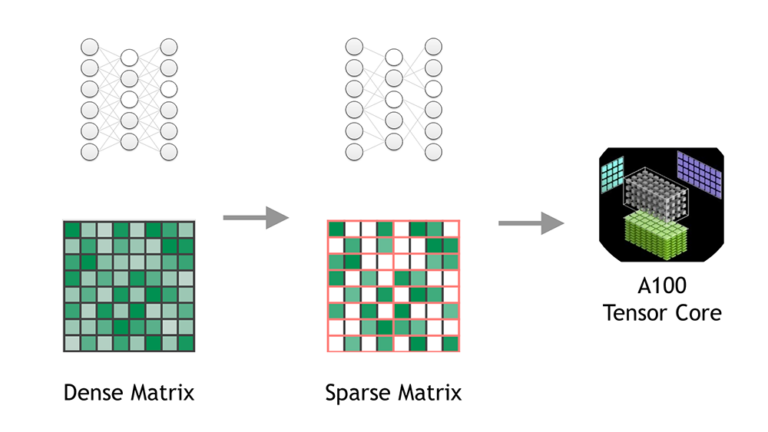
This post was updated July 20, 2021 to reflect NVIDIA TensorRT 8.0 updates. Join the NVIDIA Triton and NVIDIA TensorRT community to stay current on the latest product updates, bug fixes, content, best practices, and more. When deploying a neural network, it��s useful to think about how the network could be made to run faster or take less space. A more efficient network can make better��
]]>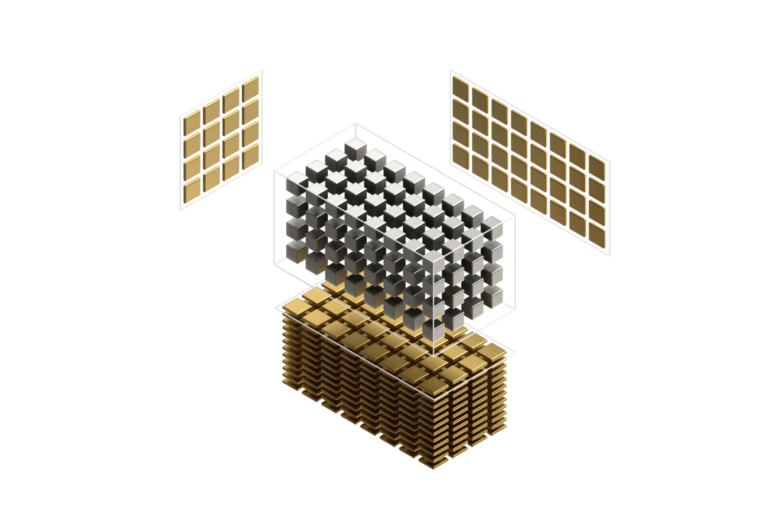
Deep neural networks achieve outstanding performance in a variety of fields, such as computer vision, speech recognition, and natural language processing. The computational power needed to process these neural networks is rapidly increasing, so efficient models and computation are crucial. Neural network pruning, removing unnecessary model parameters to yield a sparse network, is a useful way to��
]]>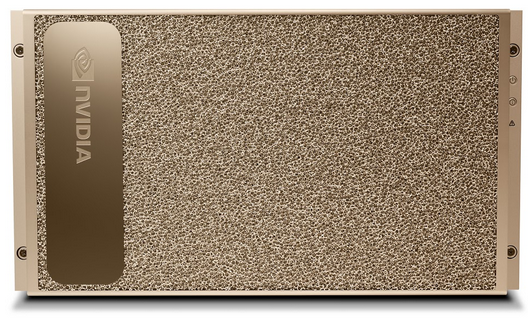
Organizations of all kinds are incorporating AI into their research, development, product, and business processes. This helps them meet and exceed their particular goals, and also helps them gain experience and knowledge to take on even bigger challenges. However, traditional compute infrastructures aren��t suitable for AI due to slow CPU architectures and varying system requirements for different��
]]>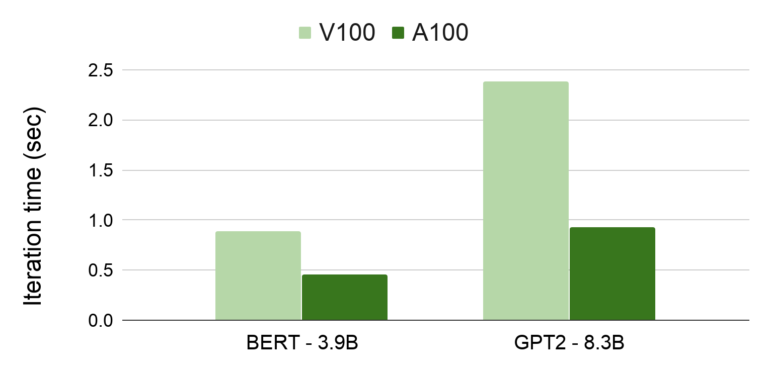
Recent work has demonstrated that larger language models dramatically advance the state of the art in natural language processing (NLP) applications such as question-answering, dialog systems, summarization, and article completion. However, during training, large models do not fit in the available memory of a single accelerator, requiring model parallelism to split the parameters across multiple��
]]>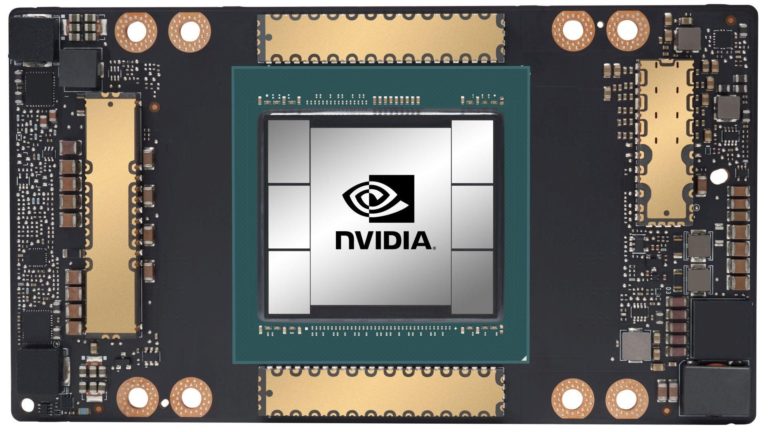
Today, during the 2020 NVIDIA GTC keynote address, NVIDIA founder and CEO Jensen Huang introduced the new NVIDIA A100 GPU based on the new NVIDIA Ampere GPU architecture. This post gives you a look inside the new A100 GPU, and describes important new features of NVIDIA Ampere architecture GPUs. The diversity of compute-intensive applications running in modern cloud data centers has driven��
]]>
Gradient boosting is a powerful machine learning algorithm used to achieve state-of-the-art accuracy on a variety of tasks such as regression, classification and ranking. It has achieved notice in machine learning competitions in recent years by ��winning practically every competition in the structured data category��. If you don��t use deep neural networks for your problem, there is a good chance��
]]>